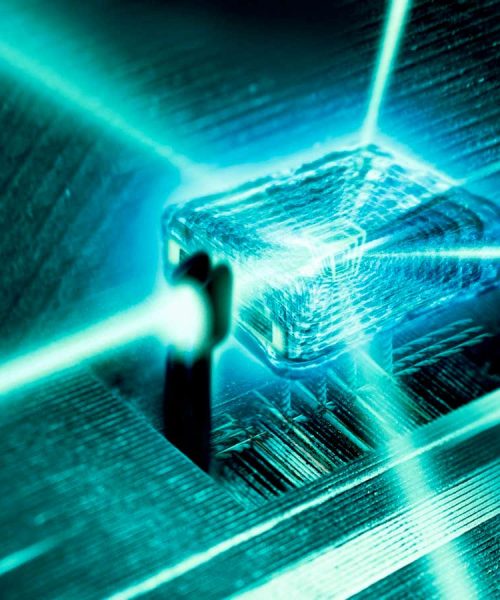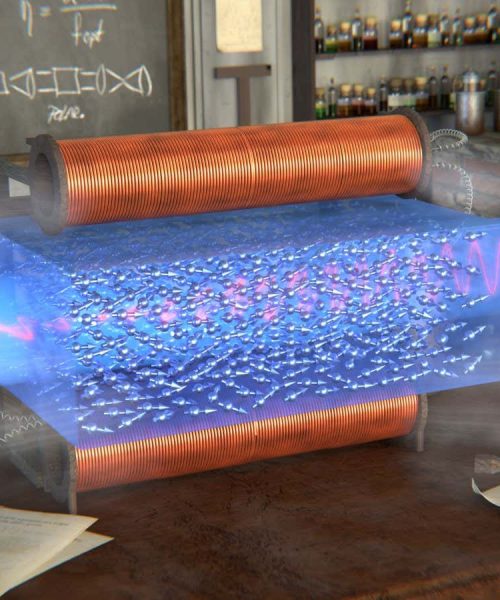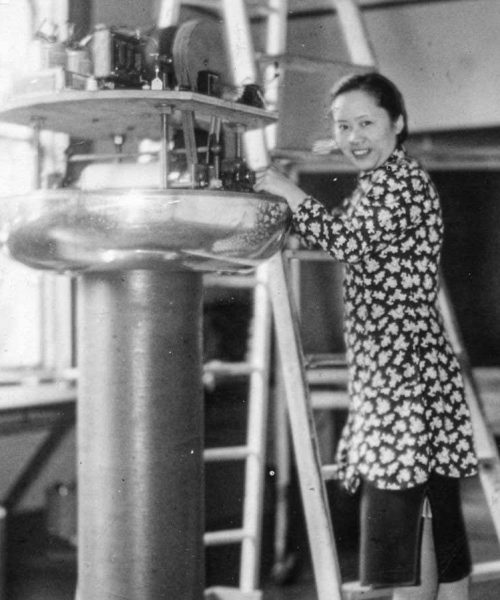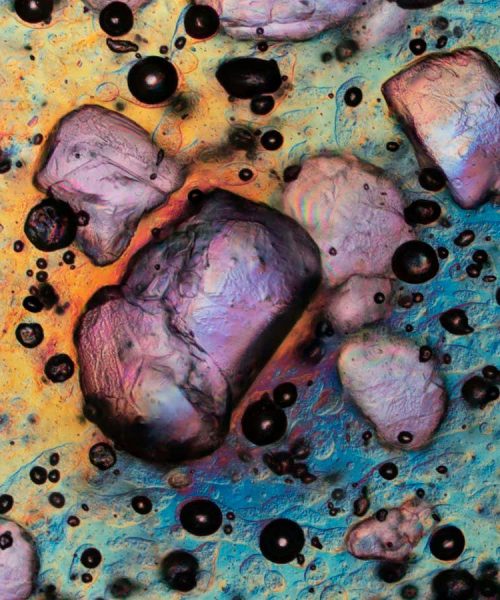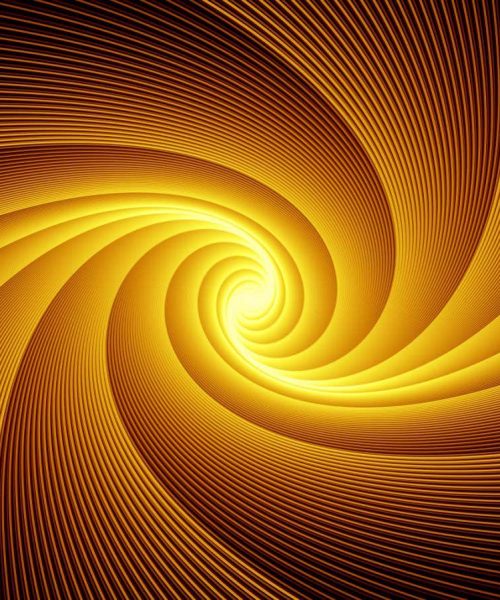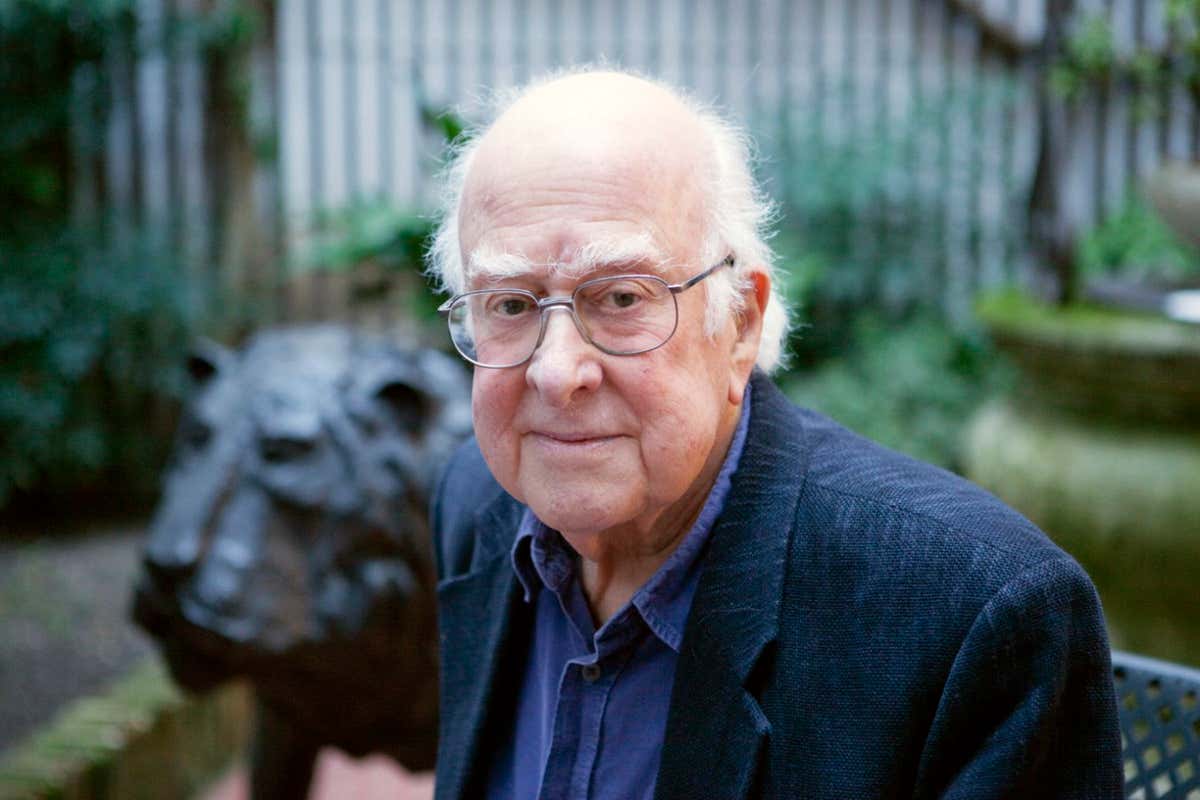
Physicist Peter Higgs in Italy in 1996
Leonardo Cendamo/Getty Images
Groundbreaking theoretical physicist Peter Higgs has died at age 94. Higgs’s work explaining how elementary particles get their mass won him the Nobel prize in 2013 and formed a key ingredient in the standard model of particle physics. He died in his home in Edinburgh, UK, on 8 April after a short illness.
In 1964, while working as a lecturer at the University of Edinburgh, Higgs made a prediction that would prove to have a huge impact on the world of physics: he postulated the existence of a field suffusing the universe that gave mass to particles moments after the big bang. This field would be associated with a particle of its own, which was later named the Higgs boson.
The Higgs boson went on to become a foundational prediction of the standard model of particle physics, nicknamed the “god particle” – a moniker that Higgs himself called “an unfortunate mixing of theoretical physics with bad theology” in a 2017 interview with New Scientist.
Advertisement
After years of searching for proof of the Higgs boson, it was finally discovered at the CERN particle physics laboratory in Switzerland in 2012. A year later, Higgs was awarded the Nobel prize, one of many prizes and honours he received for his work.
The discovery of the Higgs boson is commonly cited as the most consequential work of the Large Hadron Collider, but it also marked the beginning of a strange time in particle physics – with all of the particles predicted by the standard model found, what is next? Higgs himself hoped that we would be able to use colliders to connect particle physics with cosmology and the search for dark matter, but those questions remain open.
Even after his retirement in 1996, Higgs continued to attend physics conferences and to collaborate with colleagues and students. He spoke often about supersymmetry, a framework for physics in which each known particle has a corresponding partner with a different spin. If we do live in a supersymmetric universe, there should be many more particles out there to discover.
Topics:
